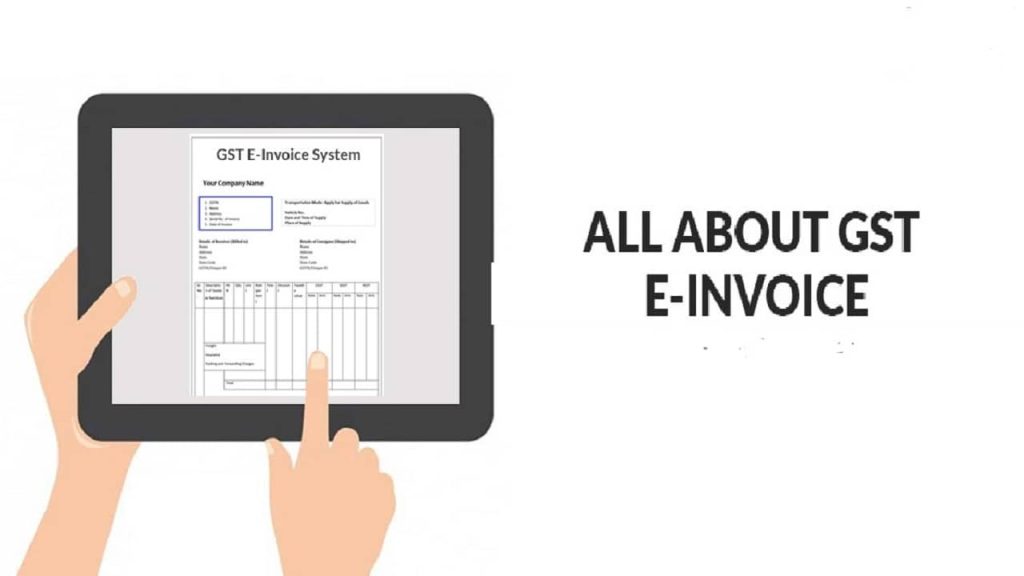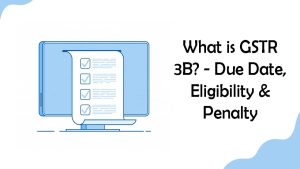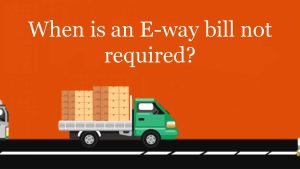What is GST e-invoicing? – The Government of India has formally launched e-invoicing and this revolutionary framework aims to revolutionize the manner we interact with the nation’s biggest tax reform, the Goods and Services Tax.
We all know the idea of e-invoicing, so why is the implementation of this latest system relevant and how would it benefit both taxpayers and the government? To fully comprehend why e-invoicing is a revolutionary, let’s guide you via the e-invoicing measures and how both the consumer and the government profit. Among the most popular misconceptions about e-invoicing is it’s being a central platform for invoice production.
This is not valid, as providing a single platform only to create an invoice would be highly inconvenient for both taxpayers and the government. Except for common belief, the creation of an invoice on the GST portal is not e-invoicing. In fact, the e-invoicing framework makes it easier to incorporate GST returns and e-way billing systems. This ensures firm invoices to be used on the general GST portal will be authenticated electronically by the GST Network.

Details of the invoice would be submitted to the invoice registration portal online and once it is authenticated or approved, and a digital signature & unique registration number will be given to taxpayers.
This invoice registration number is used when filing returns or validating e-way bills, to satisfy invoices. This indicates organisations would not need to create manual and/or multiple data entries each time they file their returns. This framework would also remove the requirement to produce different e-way bills that are used during goods transport. In a summary, e-invoicing can simplify multi-purpose documentation with the invoice information being submitted once.
However, automated data entry is just one explanation of how e-invoicing is a game-changer. Let’s figure out what else this new e-invoicing framework can do for both the consumer and the government to profit.
What will the taxpayer get?
If a company implements the e-invoicing procedure, the invoice data is submitted straight from the supplier to the accounts payable system for the customer, thereby removing any need for manual and frequent data entries. If a seller produces an e-invoice, they will be forced to report invoice data only once, ensuring no more documentation for GSTR-1 or e-way bills in various categories. But removing various data entry is nevertheless restricted to system payable accounts. Besides filing GST returns and e-way bills under GST, the same information can be auto-populated, rendering enforcement procedures a significantly easier.
Must Read – Benefits of GST e-invoicing
As the invoice will be digitally signed, there would be very few problems pertaining to the authentication of the input tax credit, as the data from the e-billing will not only be submitted to the tax department, but will also be sent to the purchaser in their registry of transactions (inward delivery). This means fewer instances of reconciliation of accounts because the customer would be able to approve or deny the data in real time. Bonus-Less account reconciliation cases would lead to a quicker reconciliation process.
What will the government get?
GST frauds worth Rs. 37, 946 crores was found by the GST officials in FY 2018-19. Tax avoidance impacts the country’s national GDP, that, in turn , affects the average citizen. If there is not enough money for spending, the government will probably raise indirect taxes, which would contribute to more tax evasion, turning the entire system a vicious circle. It is necessary for the government to prevent tax evasion in the bud. With both the e-invoicing in effect, the GST system will also have a full proven record of B2B invoices, enabling them to fit and review just those invoices which have been digitally validated.
Though e-invoicing is not obligatory at this time, it is accessible on a voluntary basis to companies wishing to take part in their tax operations and to obtain first-hand experience with the new framework.



